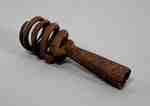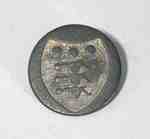
When selecting an individual record or object, you will move
to the website of the heritage institution that houses the item.
To return to the search or results pages, select "Back", "Results" or "New Search".
 This project was made possible with the support of the Department of Canadian Heritage
This project was made possible with the support of the Department of Canadian Heritage
through the Canadian Culture Online Strategy.
to the website of the heritage institution that houses the item.
To return to the search or results pages, select "Back", "Results" or "New Search".
 This project was made possible with the support of the Department of Canadian Heritage
This project was made possible with the support of the Department of Canadian Heritage through the Canadian Culture Online Strategy.












